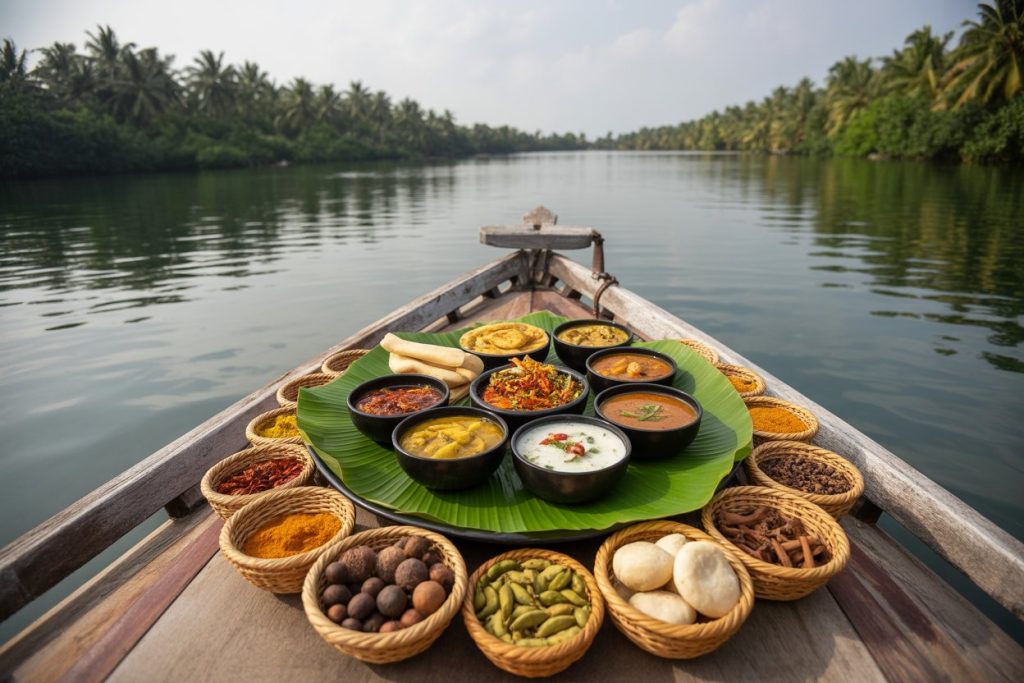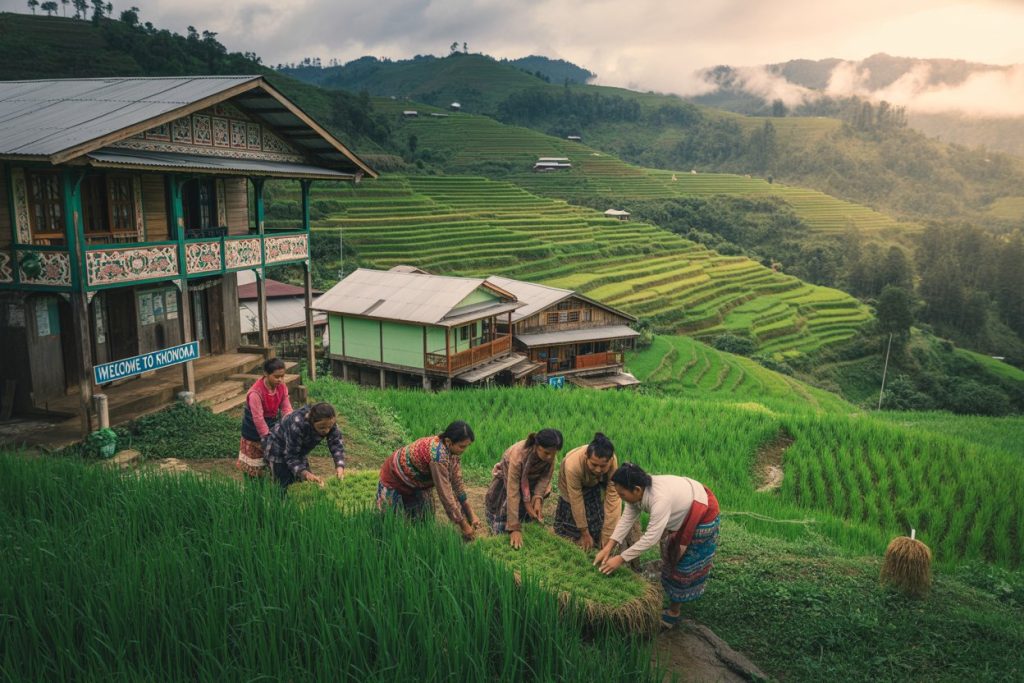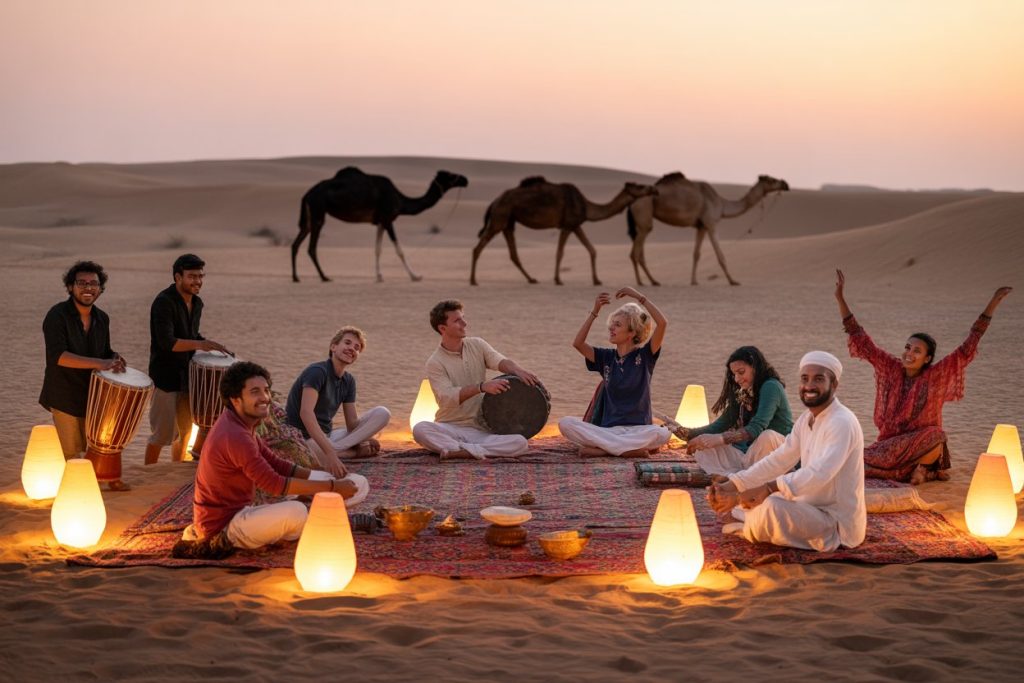Other Blogs
India’s culinary landscape is as diverse and colorful as its cultural heritage, with each region offering a unique gastronomic story that reflects centuries of history, tradition, and local ingredients. For food enthusiasts and curious travelers, following India’s food map isn’t just about satisfying hunger – it’s about embarking on a sensory journey that reveals the soul of a nation through its kitchens, markets, and family recipes passed down through generations.
In an era of hurried itineraries and Instagram-worthy snapshots, a growing number of travelers are discovering the profound satisfaction of slow travel through India’s heritage villages. This shift from fast tourism to meaningful, immersive stays represents more than just a travel trend – it’s a movement toward authentic cultural exchange that benefits both visitors and rural communities. Heritage village tourism offers weary urban souls a chance to reconnect with simpler rhythms of life while supporting the preservation of India’s rapidly disappearing traditional ways of living.
The pandemic-era promise of workations seemed perfect on paper: combine productivity with wanderlust, answer emails from tropical beaches, and attend Zoom calls against mountain backdrops. However, as millions of remote workers discovered, workations never delivered true rest. Instead of providing the mental reset we craved, they created a hybrid experience that satisfied neither our professional obligations nor our need for genuine relaxation. Enter 2025’s revolutionary travel trend: playcations – trips designed purely for fun, hobbies, and unadulterated leisure.





